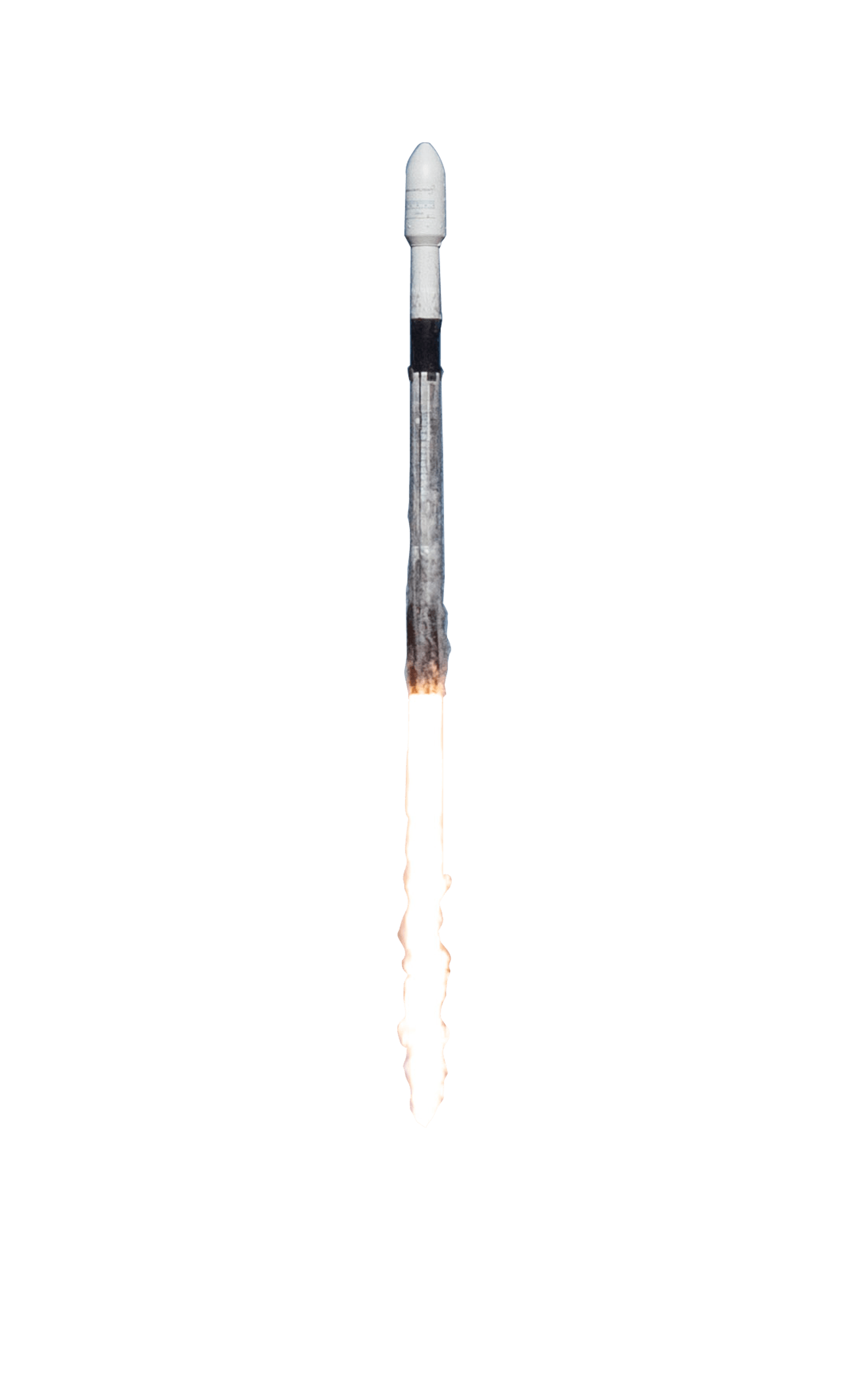Achievements
Achievements
Instrumentation Achievements
- GEO Tracker Telescope
SERC researchers built a space object tracking telescope (GEO tracker) on Mount Stromlo and retrofitted the control system to one compatible with the EOS Space Research Centre telescope network. The inclusion of the GEO tracker telescope in the network takes the total number of telescope sensors to seven with four located at Learmonth in Western Australia and three at Mount Stromlo.
- Laser Beam Combining
SERC researchers developed, tested and implemented techniques to efficiently combine multiple high-power laser beams into a single beam using hybrid volume Bragg grating technology.
- Adaptive Optics
SERC researchers designed and constructed two adaptive optics systems to support the on-sky photon pressure manoeuvre demonstration.
- Multi-Sensor Scheduler
To enable efficient tasking of the telescopes across the network, SERC oversaw the development of an information gain-based multi-sensor scheduler.
The scheduler has been implemented to reduce sensor idle time, automatically maintain the space object catalogue, and maximise sensor utility. The scheduler automatically hands off a tracking task to another telescope if there are visibility issues, for example clouds, at a particular site.
Data Collection & Analysis Achievements
- SERC Space Object Catalogue
SERC researchers have developed a Space Object Catalogue (SOC) as an integral part of a conjunction and threat warning system. The SOC is now in routine operation and data from over a thousand telescope tracks per night are stored in the catalogue. These tracks are used for orbit determination and conjunction analysis.
- Atmospheric Mass Density Models
Atmospheric drag is the dominant factor when it comes to providing accurate predictions for the orbits of space objects in low earth orbit. SERC researchers have taken a two-pronged approach to providing better atmospheric models. The first is a physics-based model which uses the known laws of physics to model the behaviour of ions and molecules in the atmosphere with external heat and light sources. The second model is an empirical model. This model uses experimental measurements to inform a model of the atmosphere. Testing of these models has shown improvements over existing models due to the inclusion of variable ion density at different altitudes.
- Orbit Determination and Propagation
SERC has developed its own orbit determination and propagation software suite to enable parallelisation of the code and the plug-in of different force models and orbit propagators. The resulting code runs 800% faster than nonparallelised code. This enables an all-on-all conjunction analysis for space objects to be done hourly. Modularisation of the code allows for different force models, atmospheric mass density models, and propagators to be implemented as plug-ins which greatly enhances the utility of the software suite. SERC orbit determination and propagation code is now used routinely in operations.
- Conjunction and Threat Warning System
SERC researchers have developed an end-to-end conjunction and threat warning system (CATW). The CATW tracks all objects in orbit to determine when a close approach will occur between
objects. If the object is an active satellite then the satellite operator can be sent a message warning of the close approach, otherwise known as a conjunction. SERC CATW system can work with traditional and non-traditional data sources and mixtures of both to give the most accurate assessments of time of closest approach. In addition to the 800% speed increase for the all-onall conjunction analysis previously mentioned, SERC is able to provide an assessment of the actual risk of collision through the probability of collision. This provides operators with actionable data which can be acted upon when the probability of collision is greater than the operator’s threshold for action.
International Engagement
- International Workshop on Laser Ranging
SERC hosted 192 delegates from 21 international space agencies, research institutions, observatories and other space industry professionals visited Australia to attend an International Workshop on Laser Ranging.
- Memorandum of Understanding
5 MOUs were signed with international strategic research partners including The Space Research Institute in Graz, Austria, The University of Arizona, USA, The University of Texas at Austin, USA, The Korea Astronomy and Space Science Institute, Korea and the Polish Academy of Sciences.
- Economic Benefits from Direct CRC Activities
Economic benefits resulting from direct CRC activities sum to $57.9 million. Of this $57.9 million, approximately $6 million of activity was by international Participants directed towards CRC activities in Australia.







